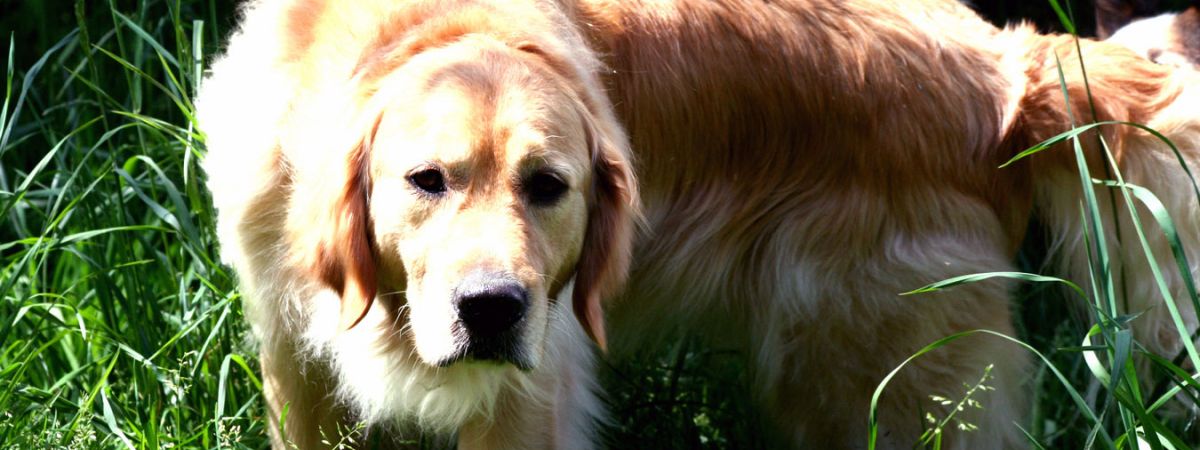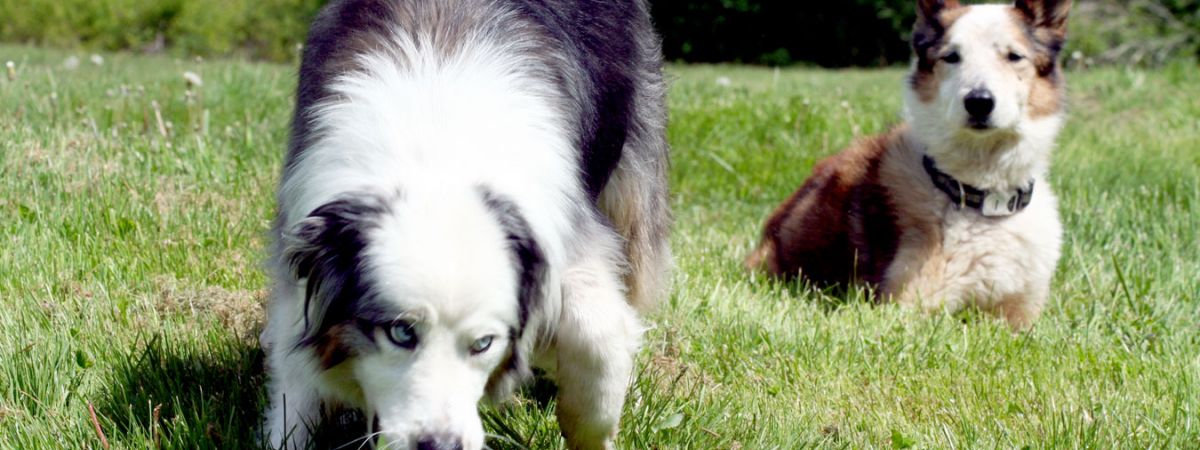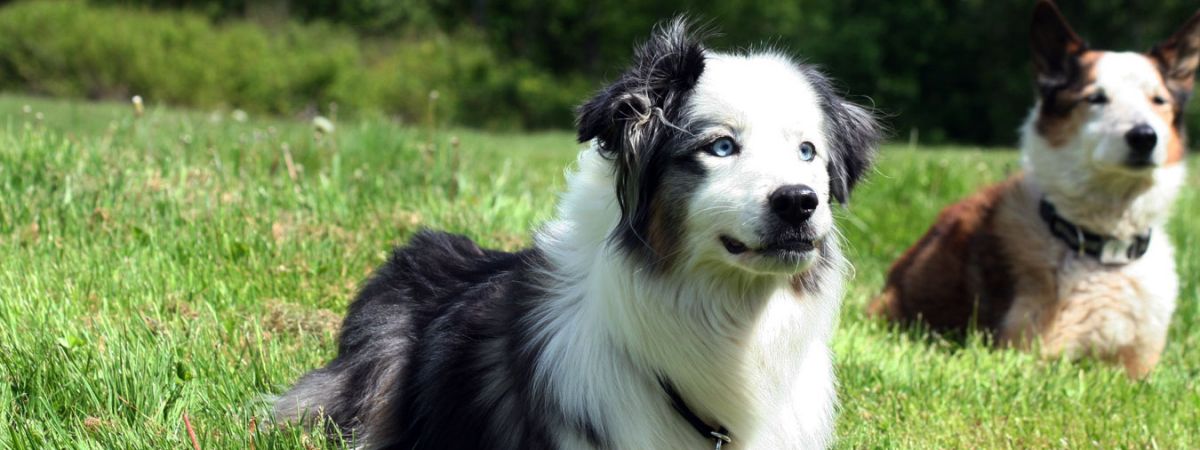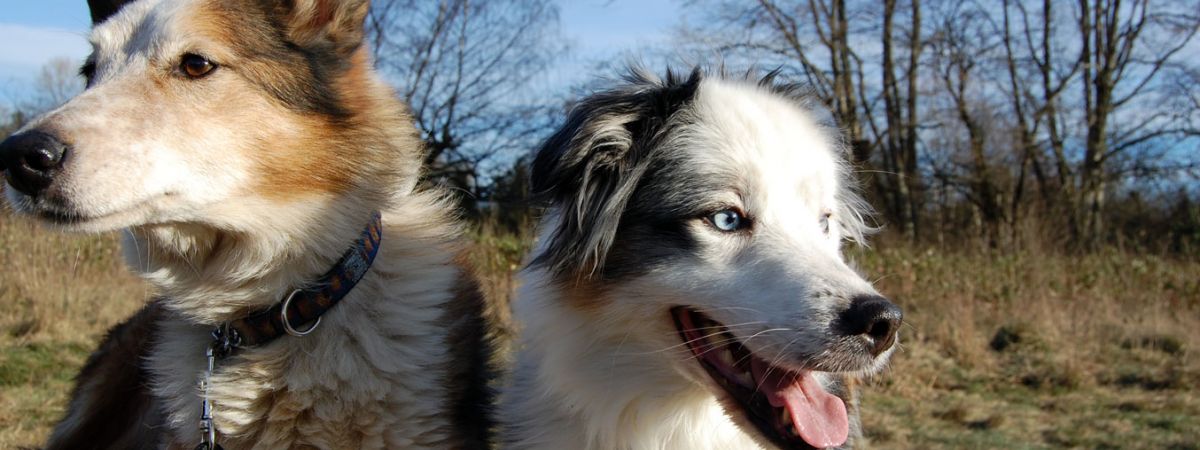Dog Car Problems or Sickness
Dogs can be fun traveling companions, and some people are lucky enough to have friends and family who welcome their furry friend. The majority of dogs love to go on car rides, but there are some who are very afraid and still others who experience motion sickness.
Socialization is the key with fear of riding in the car. You can tell the difference between those who are motion sick and those who are afraid, because the frightened ones will begin to appear anxious before the car even starts to move. Panting, salivating, refusal to get in, scratching at the door and other symptoms can alert you that it’s a socialization problem.
Begin by working with your dog on basic obedience commands, especially the “heel” (walk at my side), “sit” and “down.” Then you’ll be able to use the commands to help your dog to feel more comfortable during the car training exercises.
Next, you’ll need to use lots of patience. For some dogs it can take one day of practice, others may require weeks. With your car doors open (use the back seat if possible), practice simply “heeling” your dog in one door and out the other. Praise lavishly when it’s accomplished. Once your dog is doing this with no problem, work on getting into the car and just sitting there together for a minute or two. If your dog is acting afraid, be sure not to pet him… rather than feeling soothed, your pet will feel as if you’re praising him for being anxious. Instead, tell your dog “no,” and use an obedience command such as “sit” or “down,” followed by praise.
Once your dog is sitting in the car with no problem, gradually increase the exercise so you’re shutting the doors, then turning the car on but not moving, then driving only one block, etc. Use lots of praise when your dog is trying, and remember not to inadvertently reinforce fears.
Another tip is to make sure you bring your dog to “fun” places sometimes, so he doesn’t think he’s always going to the vet or groomer when he goes in the car. Some suggestions include the pet supply store, the bank drive-thru (they often give a dog treat), a stroll downtown, the park or even a trip to your vet or groomer… but not to have anything done… just to get petted and have a treat.
If your dog’s problem seems to be motion sickness rather than fear, you should still do the above exercises, and also be sure not to feed or water your dog for 2 hours before your trip. Having your dog sit on the floor of the car rather than up on the seat can sometimes help, and be sure to keep a window open a little for fresh air. If you have a very long road trip planned, and you’ve already done the training exercises, you may want to speak with your veterinarian about whether medication would be appropriate.








